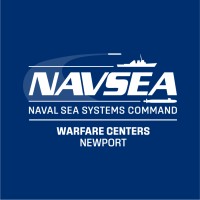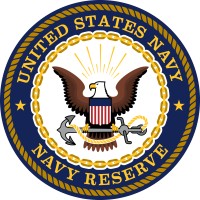
Naval Undersea Warfare Center Newport
Mission: The Naval Undersea Warfare Center Division Newport provides research, development, test and evaluation, engineering, analysis, and assessment, and fleet support capabilities for submarines, autonomous underwater systems, and offensive and defensive undersea weapon systems, and stewards existing and emerging technologies in support of undersea warfare. Executes other responsibilities as assigned by the commander, Naval Undersea Warfare Center. Vision: Undersea Superiority: today and tomorrow






